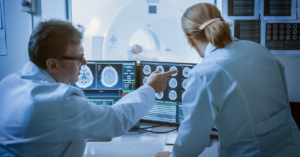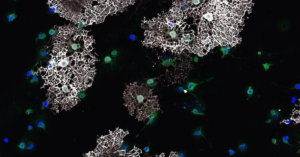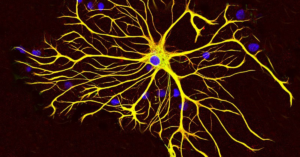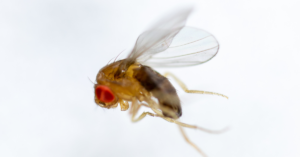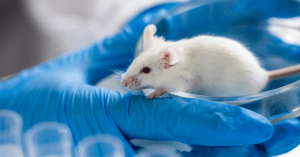
Alternative splicing: Potential disease mechanism for SCA1
Written by Christina PengEdited by Larissa Nitschke, PhD Ever since the CAG expansion of the Ataxin-1 (ATXN1) gene has been identified as the cause of spinocerebellar ataxia type 1 (SCA1), researchers have been on the hunt for the mechanism of the disease. How does this mutation cause SCA1? So far, Read More…




